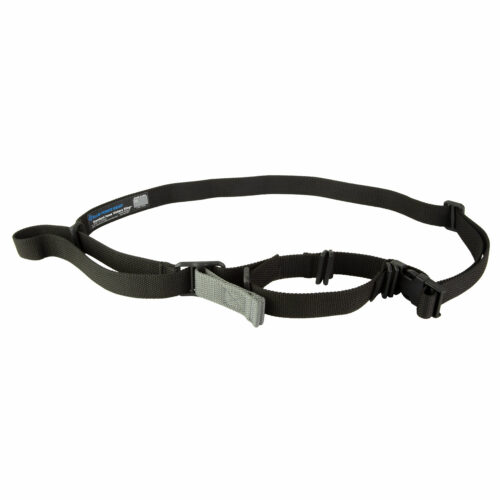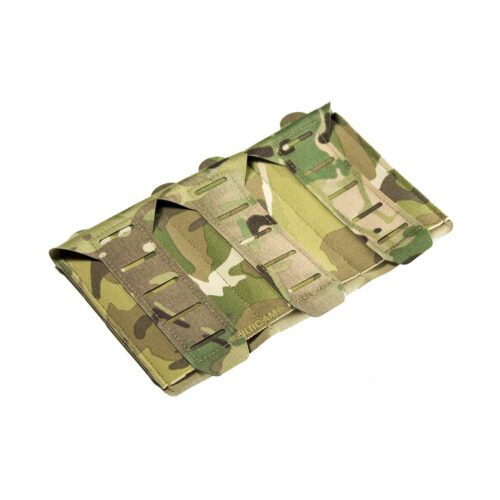In the last article we took a look at the upper receiver group and muzzle devices that comprise the components of an AR-15. In this article we’ll go over the parts of the upper receiver group and the different type of grip options that are available on the market today.
Lower Receiver Group
- Lower Receiver: This part of your rifle is highly legally regulated and is where the serial number can be found. Lots of people think this part is the gun itself.
- Trigger Groups: Comprising the hammer, trigger, and necessary housing components, the trigger group is highly customizable, and heavily influences shooting experience.
- Lower Parts Kit: This part of your rifle can be customized to a great extent, in ways that better balance accuracy and firing power according to the user’s needs.
- Buffer Tube/Buffer: This is a component of the recoil system of your rifle, which absorbs most of the kick that comes out of a shot. If it functions well, you would be able to shoot more accurately for longer periods.
- Butt Stock: This part rests on the shoulder of the shooter, and is vital to his or her overall shooting experience. It also connects directly to the firing mechanism, and comes in a wide range of options. The two main types you need to know about are collapsible and fixed stocks.
- Magazines: This is the component that holds your bullets, and it comes in different shapes and sizes based on what your needs are. State law often places limitations on what you can get as far as magazine capacities go, so do your research and check the laws first.
Grips
- Foregrips: Both your hands are important to the final accuracy of each shot that you take. On top of that, a good pistol grip using your trigger hand would need to be paired with a foregrip that can ensure the gun stays steady. The latter can be installed either angled or vertical, depending on what the shooter is comfortable with. In fact, comfort largely spells out how accurate a shot you can make with your AR-15.
- Pistol Grips: The trigger hand decides when a shell gets fired, which is why you need the right grip for it. Your pistol grip is attached to the rifle’s lower receiver, so that your arm is able to better handle the firearm. There are different types of grips you can choose from, but like with most firearm accessories, you need to pay attention to what suits you practically.












